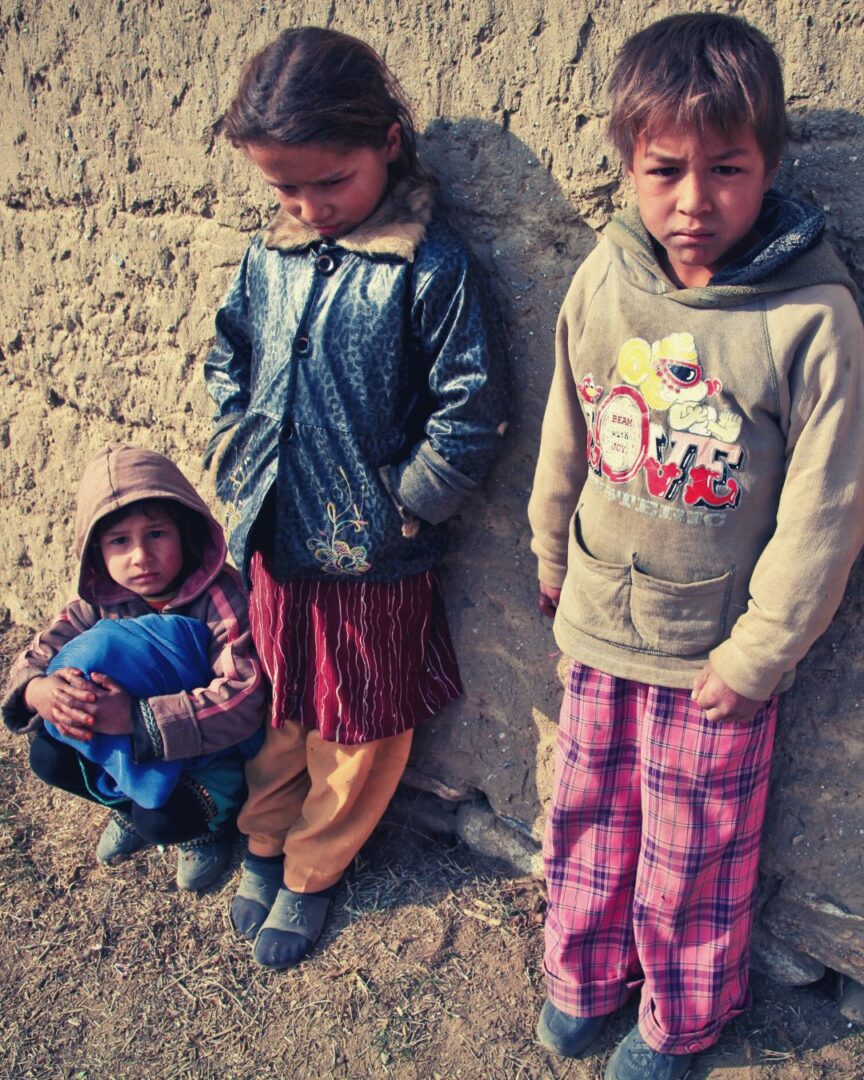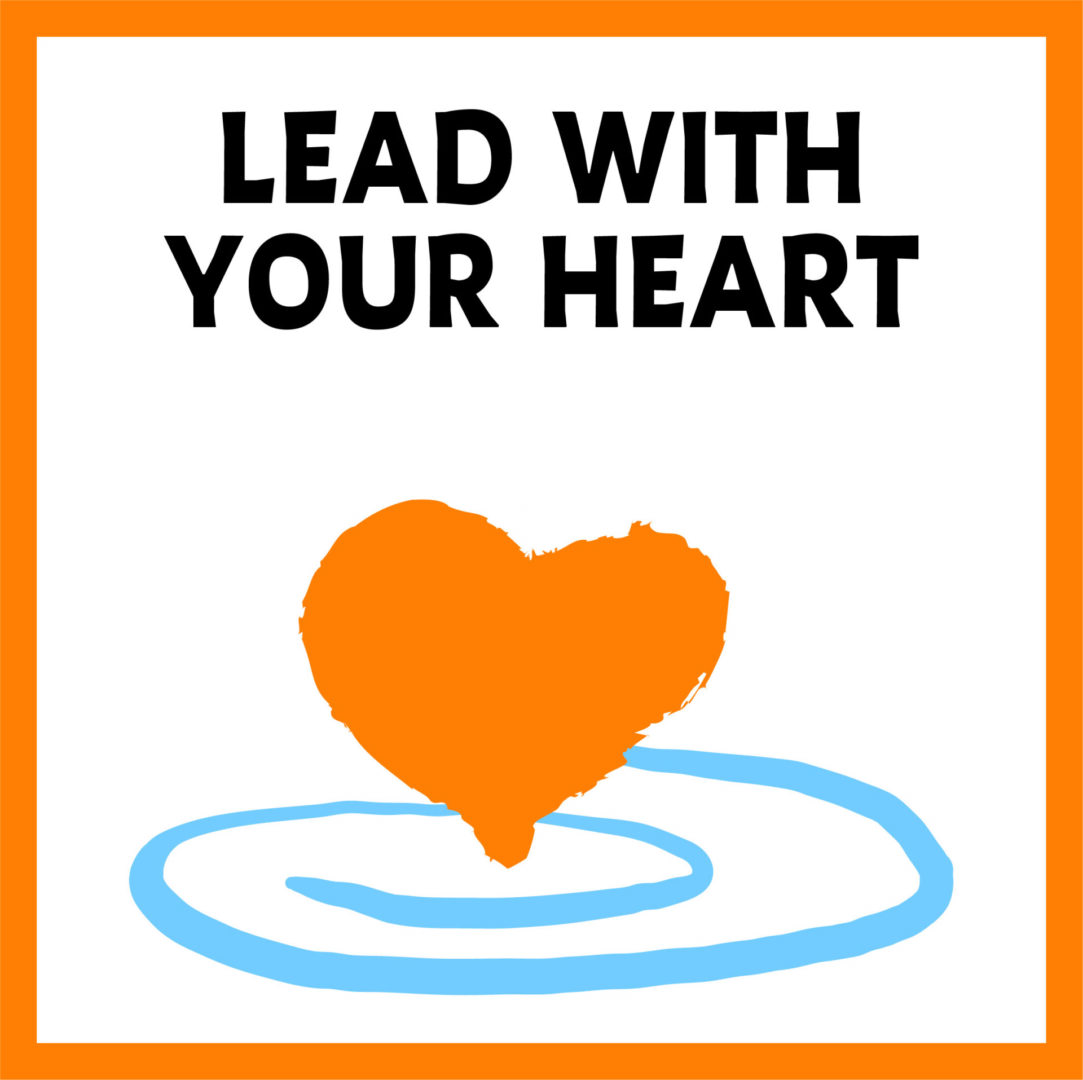Workshops

Filling the Gaps for Children and Families through training…
According to the existing legislation, every community, municipality, province, organization and agency must have an emergency management plan, however, there is no requirement to specifically include provisions for children and youth. Working toward our vision of increasing the resilience of children experiencing disasters our planning includes a mechanism for identifying existing gaps and provides training with tools to fill those gaps.
Explore Workshops
Trauma-informed care training gives crisis responders an understanding of the pervasive nature of trauma and considers the individual needs of each child. It promotes environments of healing and recovery rather than practices and services that may inadvertently re-traumatize.Incident Command System (ICS) training gives disaster responders a standardized on-site management system. It is designed to enable effective, efficient incident management by integrating a combination of facilities, equipment, personnel, procedures, and communications operating within a common organizational structure.

Trauma in the Workplace
25-150 Participants
Trauma is a difficult subject to comprehend and occurs on a spectrum, with each end having particular aspects that influence a person’s ability to function effectively at work and in life. Understanding how trauma impacts emotional intelligence, brain function and productivity can be valuable. There are steps employers can take to support vulnerable employees as they process trauma. The first step is gaining perspective. We can help start this process by teaching employers and employees about the most important issues facing people with trauma today, how to express empathy for colleagues and address workplace issues. Activities that invite practicing what is being learned will help participants internalize the information in a more concrete way.

What Children Need During Displacement
25-150 Participants
Most of us can make some pretty accurate assumptions about what people require when faced with evacuating from their homes. Children and youth, however, have some unique needs specific to their age and stage of development. Lead has developed a set of workshops that serve as training for volunteers, caregivers, parents, and professionals tasked with caring for children and youth when displaced. This training is based on researched best practices and is offered as a foundation for using the Displacement Tool Kits. These workshops will provide a basic level of information on trauma and how to preserve the mental health of the children served. Playing the games in the kits, facilitating activities, and pivoting as part of the training, will bolster the confidence of participants when they are faced with putting theory into practice.

Child and Youth Mental Health
25-75 Participants
Every child has the right to enjoy living in a safe secure environment. Considering how that is preserved in the context of disasters and displacement begins with understanding what child and youth mental health is. When children are faced with stressful situations that are not quickly resolved, the brain elevates certain hormones that can have a lasting impact on development. Adverse Childhood Experiences are pivotal in determining health outcomes in adults and can be prevented or mitigated. Learning what ACE’s are and how they influence child and youth development can inform what decisions can and should be made in the interest of protecting mental health when disaster and emergency plans are created.
